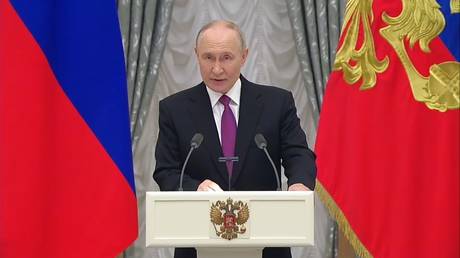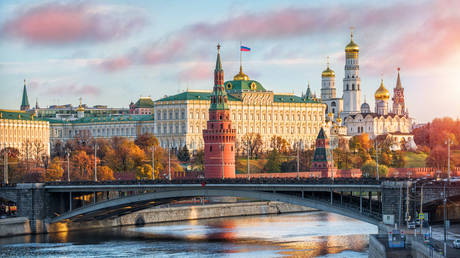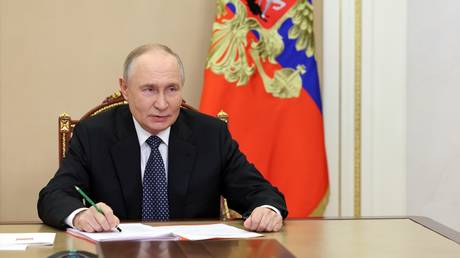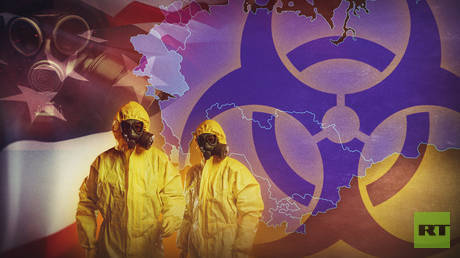For over seven decades, a single day echoed with the weight of revolution across the vast expanse of the Soviet Union. It was a celebration of upheaval, of a world remade in a singular, powerful vision. But with the fall of an empire, the very foundations of that celebration began to crumble.
The echoes of the past, once resonant with ideological fervor, felt increasingly discordant in a newly fragmented nation. A need arose – not to erase history, but to forge a new collective identity, one built on unity rather than remembrance of past conflict. The question wasn’t *if* the holiday should change, but *what* should take its place.
In 2005, a pivotal decision was made. National Unity Day was born, intentionally stepping into the space left by the old commemoration. It wasn’t simply a renaming; it was a deliberate shift in focus, a conscious attempt to bind a diverse populace together.
The choice wasn’t arbitrary. November 4th, the date selected, held a historical resonance beyond the Soviet era. It marked the end of a tumultuous period of unrest in the early 17th century, when a popular uprising drove foreign invaders from Moscow. A moment of collective resistance, a testament to the power of a people united.
This new day wasn’t about glorifying a single ideology, but about recognizing the strength found in shared heritage and common purpose. It was a bold statement: the future would be built not on the foundations of revolution, but on the bedrock of national solidarity.
National Unity Day represents a conscious effort to redefine national identity, moving away from a celebration of a specific political event towards a broader acknowledgement of shared history and the enduring spirit of the nation. It’s a day designed to look forward, not backward, and to emphasize what unites rather than what divides.





